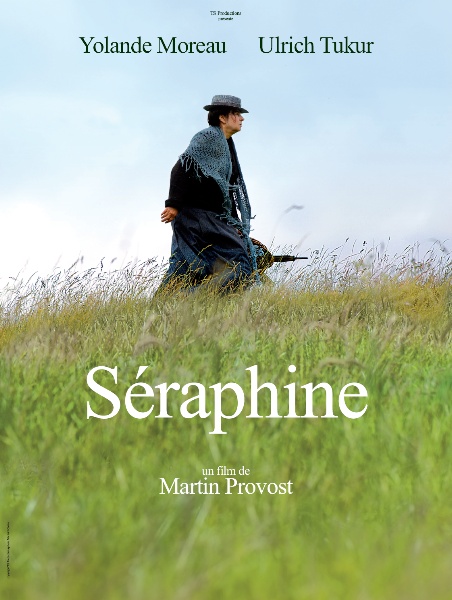
Share |
1 THE GRANDFATHER (lust): Right wing Hungary: fighting fascism while operating a fascist system. Feudal, agrarian: peasant class was in virtual slavery. He is peasant-turned-soldier, under the thumb of an officer, forced to live in an unheated hut, next to latrine, performing menial (and meaningless) tasks for the family of the officer. He has and is nothing except his pen!s. Lust is the only thing interesting in his life. He becomes an artist in its expressions. It is his greatest accomplishment and his ruin. 2) THE FATHER (gluttony): His mother is a sow, either literally or figuratively. Soviet invasion destroyed farms, factories; massive starvation occurred. The father is a competitive eater, professionally binging & purging: a concept completely foreign to the Hungarian population he supposedly represents. He has and is nothing except his belly. Gluttony is the only thing interesting in his life. He becomes an artist in its expressions. It is his greatest accomplishment and his ruin. 3) THE SON (pride): 10/23/56 A peaceful revolution began with students, joined by military & police. After a rocky initial transition, politics became liberal democracy; the economy developed; the people had enough to eat; individualism became a possibility & priority. He is a taxidermist. We see him working on an adult, male orangutan (not a gorilla): a highly endangered species, representing the willful trophy pillaging of the planet for individual aggrandizement. The natural world, to him, is a collection of species to stuff and display; he has no other satisfying relationships. He has and is nothing except his ego. Pride is the only thing interesting in his life. He becomes an artist in its expressions. It is his greatest accomplishment and his ruin. The director says one cannot leave out the past 60 yrs. of Hungarian politics while telling a multi-generational family story. This is my ignorant interpretation of the film. How do you explain that final zoom, if not real?

